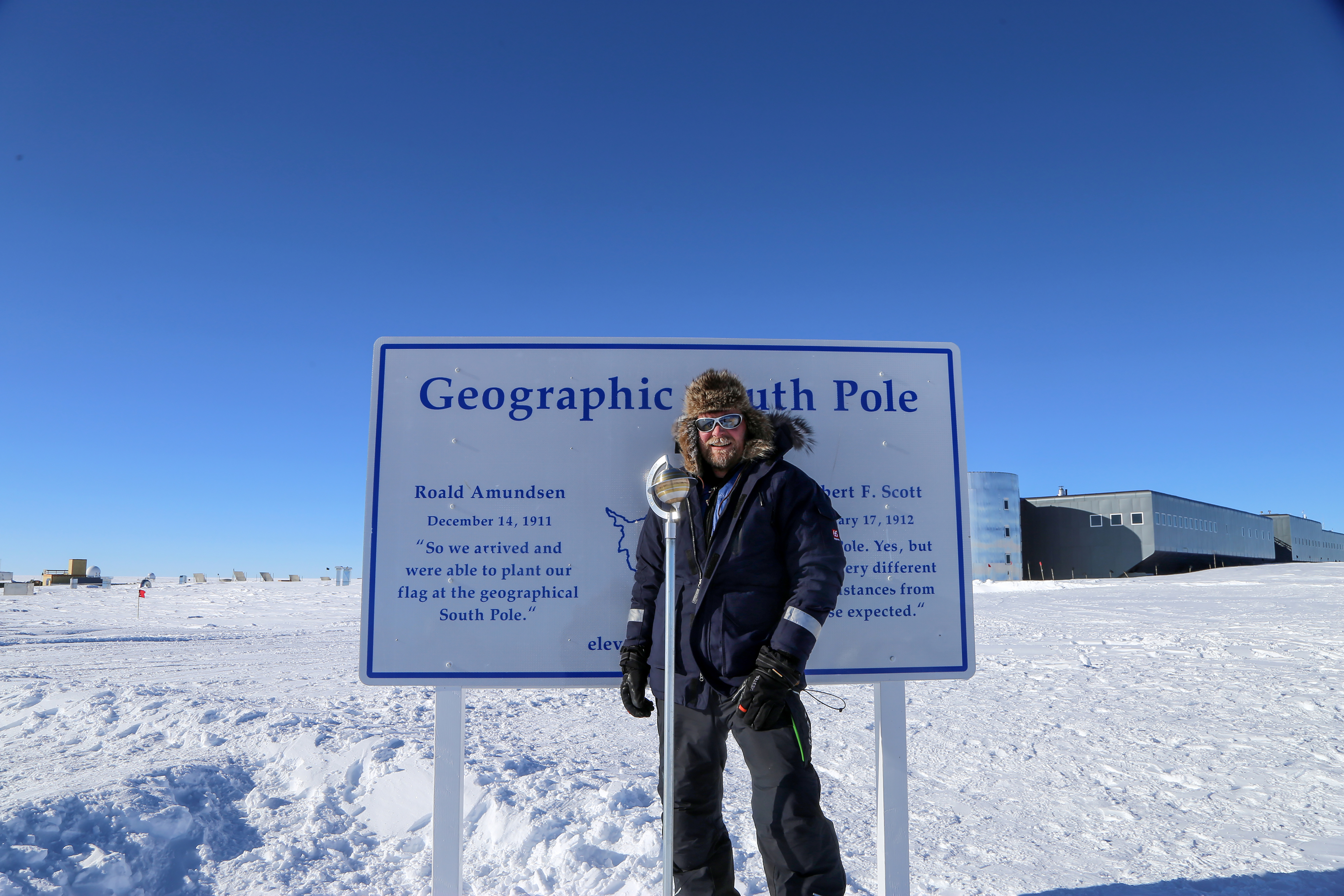
A: I’ve worked my way from fabricator through design to expeditions leader with Arctic Trucks. This was my fifth season that I’ve spent in Antarctica.
A: We increased the fuel tank capacity to 230l and installed an engine pre-heater to help in the extreme cold. It got more complicated with the suspension and sub-frames, because we had to lift the whole vehicle to make space for the tyres and more clearance for the underbelly. So we built new sub-frames for the suspension front and back and the suspension was also rebuilt. Finally, because of the different forces created with the rough terrain and big tyres – which need to turn more slowly to run at the same speed – we had to reduce the gearing on the vehicle. So we put gears inside the wheel hubs to lower the gearing and increase the torque to the tyre.
A: The big, low-pressure tyres are the important part as they create a very low footprint, a low ground pressure. It’s all about getting the vehicle up on top of the snow rather than ploughing through it. We were running on one-tenth of a normal road tyre pressure – it’s so soft you can drive over someone’s hand and it wouldn’t hurt them!
A: The car ‘trod’ so lightly that all our tyre tracks were gone by the time we had crossed and made our way back. And we carried everything out, every piece of leftover food, every wrapper and also all our human waste.
A: We used Jet A-One. It’s for planes but all operations in Antarctica run on it – all vehicle operations and flights. The car fuel system is adapted to use the same fuel because it tolerates very, very low temperatures. It’s rated to minus 58. Regular diesel would freeze at that temperature.
A: The expedition average was close to 30km/h but for big parts we were averaging 50-60km/h and the top speed was around 100km/h, for short bursts on a very smooth surface.
A: We had fuel at the start, at Union Glacier, then we had another fuel cache 650km on towards the South Pole at an airstrip then again at the South Pole. We also carried all the fuel we needed to go from the South Pole to McMurdo and back again – a distance of over 3,500km.
A: From previous experience, we were expecting more trouble. The expedition was exceptionally well prepared. Do that and you prevent the drama. The longest repair stop we had was 45 because of a loose bolt. A lot of people thought we would never ever make it and when we returned they were shaking our hands kind of thing – they just couldn’t believe we’d actually done it!
A: People with a lot of experience of Antarctica’s cold climate and extremely rough terrain know what it does to machinery. Even the big machines crack up and break apart, skis fall off, tracks snap and gearboxes fail. Basically, anything and everything falls apart and breaks in the cold and people have a lot of mechanical problems with vehicles there – and when you are deep into the Antarctic, as we were, those problems are potentially life-threatening.

